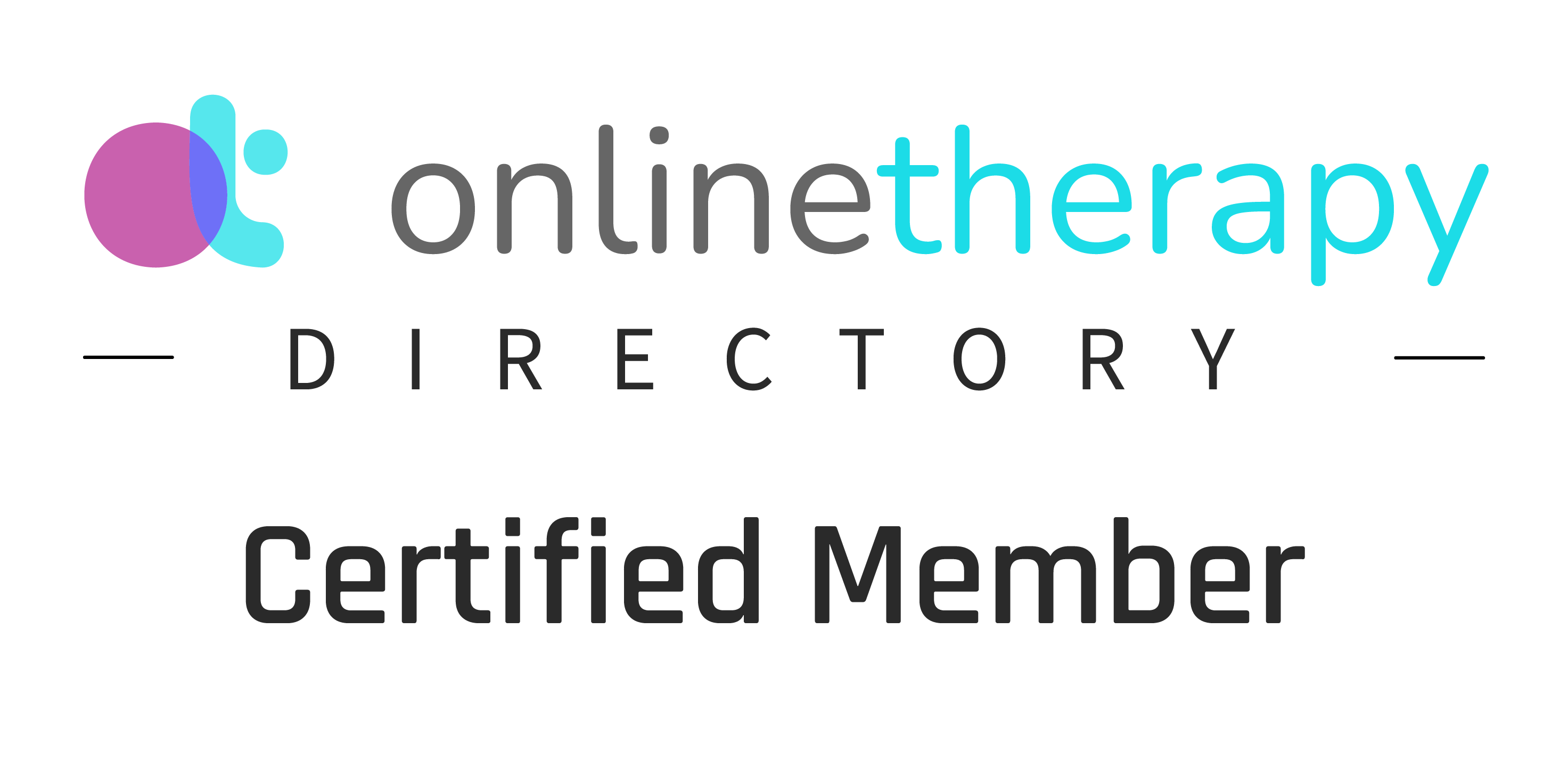Myths vs. Facts About EMDR Therapy: Separating Truth from Fiction
Eye Movement Desensitization and Reprocessing (EMDR) therapy has gained recognition as an effective treatment for trauma and other psychological conditions. Many of our therapists are EMDR therapists and we often answer the same questions about EMDR in our free consultation calls or during a session. Despite EMDR’s scientific backing and widespread use, misconceptions about EMDR persist. Some people believe it’s a magical quick fix, while others think it’s pseudoscience. In this post, we’ll break down common myths about EMDR therapy and uncover the facts to help you better understand its benefits and limitations.

Myth #1: EMDR Is Just Waving Fingers in Front of Your Eyes
Fact: EMDR is a structured, evidence-based therapy that involves bilateral stimulation that can happen through eye movements, tapping, or sounds to help process traumatic memories.
Many skeptics assume that EMDR is nothing more than a therapist moving their fingers in front of a client’s face. While eye movement is a key component as a method of bilateral stimulation, EMDR is far more than that. It follows an eight-phase protocol that helps individuals reprocess distressing memories, reducing their emotional intensity. The bilateral stimulation—whether through eye movements, tapping, or auditory cues—helps the brain integrate memories more adaptively, making past traumas less overwhelming and desensitizing your nervous system to those past experiences.
Research supports the efficacy of EMDR, and organizations like the American Psychological Association (APA) and the World Health Organization (WHO) recognize it as an effective treatment for PTSD and other mental health conditions.
Myth #2: EMDR Is a Quick Fix—One Session and You’re Cured
Fact: While some people experience rapid relief, lasting change takes time, and EMDR follows a structured, multi-phase approach.
Some people believe that EMDR can resolve deep-seated trauma in just one session. While it’s true that some individuals report feeling significant relief early in treatment, the full healing process is not instantaneous. EMDR involves multiple phases, including history-taking, preparation, assessment, and desensitization, all of which are necessary for effective and lasting results.
The number of sessions required varies depending on the person and the nature of their trauma. For someone with a single-incident trauma, EMDR may be faster than traditional talk therapy. However, for those with complex trauma or multiple distressing experiences, treatment can take longer. Our therapists will not give you an exact number of how many sessions you need to “heal your trauma” because giving that number is impossible to predict, and therefore unethical to provide. We can share how treatment for a similar problem looks in our experiences, but every person is very different. We definitely will not tell you that you only need one or two sessions to be fully “healed”. If this happens – amazing! However, this is not typical of therapy in general.

Myth #3: You Have to Talk in Detail About Your Trauma for EMDR to Work
Fact: Unlike traditional talk therapy, EMDR does not require you to verbalize every detail of your trauma.
One of the unique aspects of EMDR is that it focuses on how the brain stores and processes traumatic memories rather than requiring a detailed retelling of events. Some people avoid therapy because they fear reliving painful experiences, but EMDR allows for healing without needing to share traumatic details with your therapist.
Instead of focusing on talking through memories, EMDR helps clients process distressing emotions and bodily sensations associated with trauma. This can make it an appealing option for those who find traditional trauma therapy overwhelming or retraumatizing.
Myth #4: EMDR Only Works for PTSD
Fact: EMDR is effective for PTSD and many other conditions, including anxiety, depression, phobias, and chronic pain.
EMDR is best known for its effectiveness in treating post-traumatic stress disorder (PTSD), but it has also been successfully used to treat a variety of mental health issues. Research has shown that EMDR can help individuals struggling with:
- Anxiety disorders
- Depression
- Panic attacks
- Phobias
- Grief and loss
- Performance anxiety
- Chronic pain conditions
- Self esteem
- Relational Betrayal
- Eating Disorders
By targeting distressing memories and negative beliefs, EMDR can help individuals reframe how they perceive themselves and their experiences, leading to broader emotional healing. You don’t need to have an extensive trauma history for EMDR to be effective or a good option for you. EMDR can work on core beliefs that you don’t even know where they come from. These might be “I’m unlovable” or “I’m not good enough” or “I’m too much”. Part of the EMDR therapy experience can be uncovering where these thoughts and beliefs began, and working on integrating new information into your system to include more positive beliefs and experiences: This might sound like “I’m good enough as I am”.

Myth #5: EMDR Is Faster Than Other Therapies
Fact: EMDR can be faster than traditional talk therapy for some, but it depends on the individual and the complexity of their trauma.
One of the reasons EMDR has gained popularity is because, for certain individuals, it may produce results more quickly than traditional therapy. However, the length of treatment varies from person to person. Factors that influence the speed of EMDR treatment include:
- The severity and complexity of the trauma
- The number of distressing memories involved
- The person’s emotional readiness and ability to engage with the process
- Any underlying mental health conditions
For individuals with single-incident trauma (such as a car accident), EMDR may be completed in fewer sessions than traditional talk therapy. However, for those with deep-seated trauma, the process can take longer. Our therapists often integrate talk therapy into EMDR treatment so you can integrate the trauma processing in numerous ways to deepen your healing process.
Myth #7: EMDR Therapy Is More Effective in Person Than Online
Fact: EMDR can be done both online and in person, with no evidence suggesting that one is more effective than the other.
Some people assume that EMDR must be done in person to be effective, but research shows that virtual EMDR therapy is just as successful as in-person sessions. The key to effective EMDR is finding a therapist who is trained in the modality and ensuring a safe, comfortable environment for processing distressing memories.
You may personally find in-person therapy more effective due to factors such as privacy, a change of environment, or simply personal preference. Others may feel that online EMDR therapy works better for them because they can access the right therapist, feel safer in their home setting, or have other practical considerations. What matters most is choosing the format that best supports your healing journey.

Final Thoughts: Is EMDR Right for You?
EMDR therapy has transformed the lives of many individuals struggling with trauma and emotional distress. However, like any therapy, it is not a one-size-fits-all solution. It’s important to consult with a trained EMDR therapist to determine whether it is the right fit for your specific needs.
By debunking common myths and understanding the true nature of EMDR, more people can make informed decisions about their mental health treatment. If you or someone you know is considering EMDR, reach out to us today – many of our team members are trained in this method and would love to chat with you about how they can support your healing and emotional well-being.
Interested in EMDR therapy? Contact us today to learn more and schedule a consultation.




